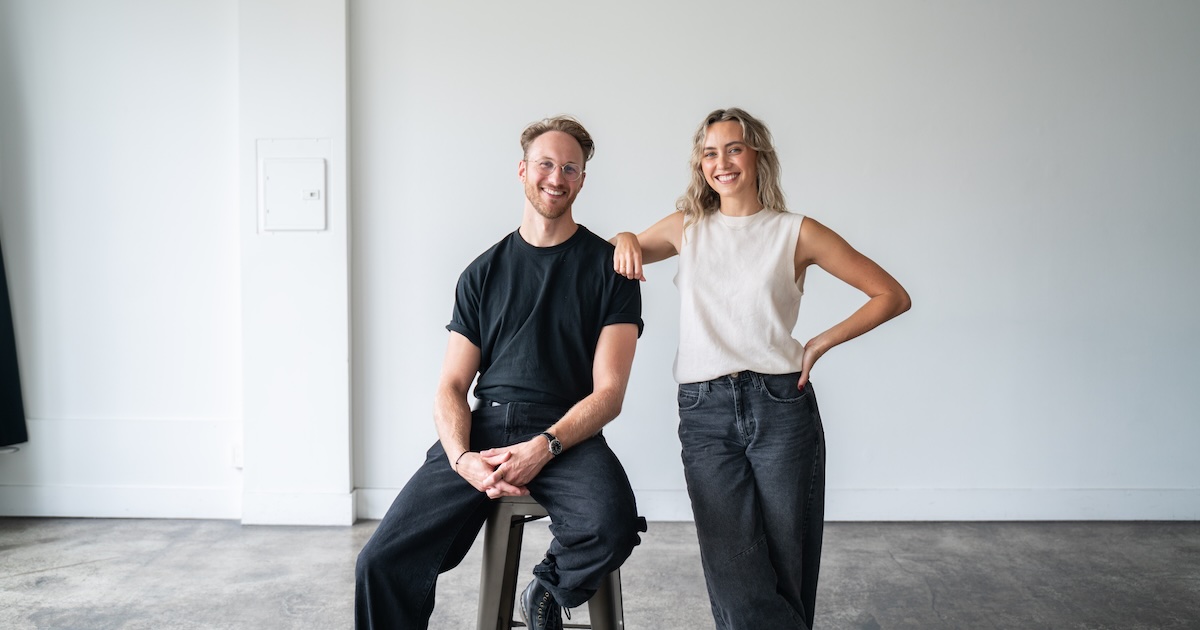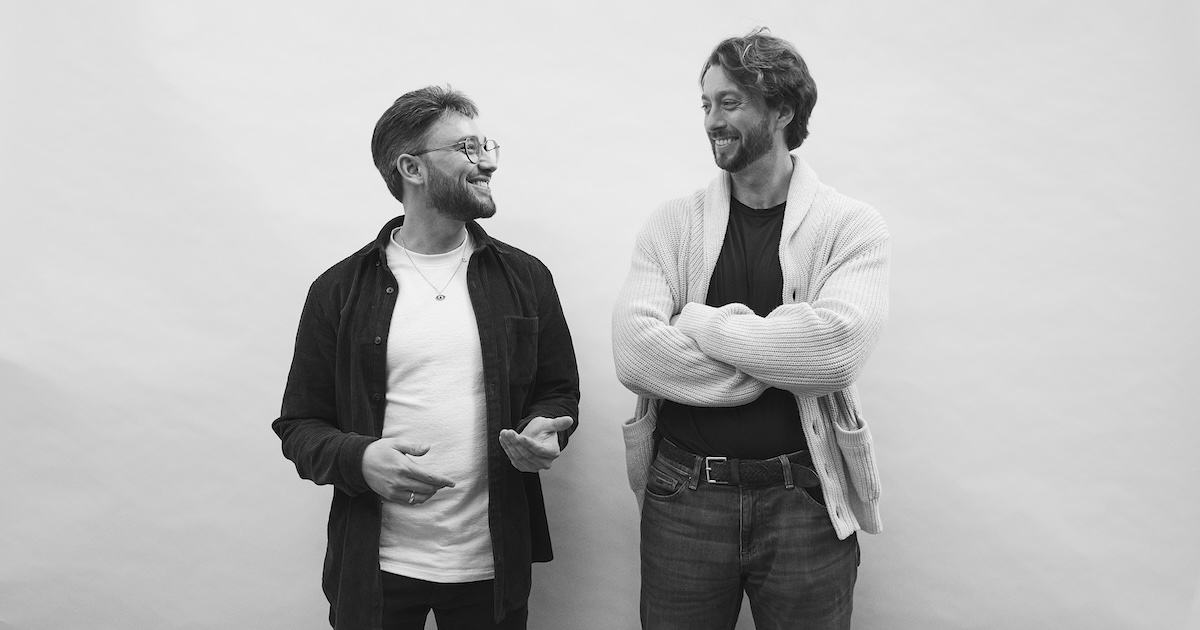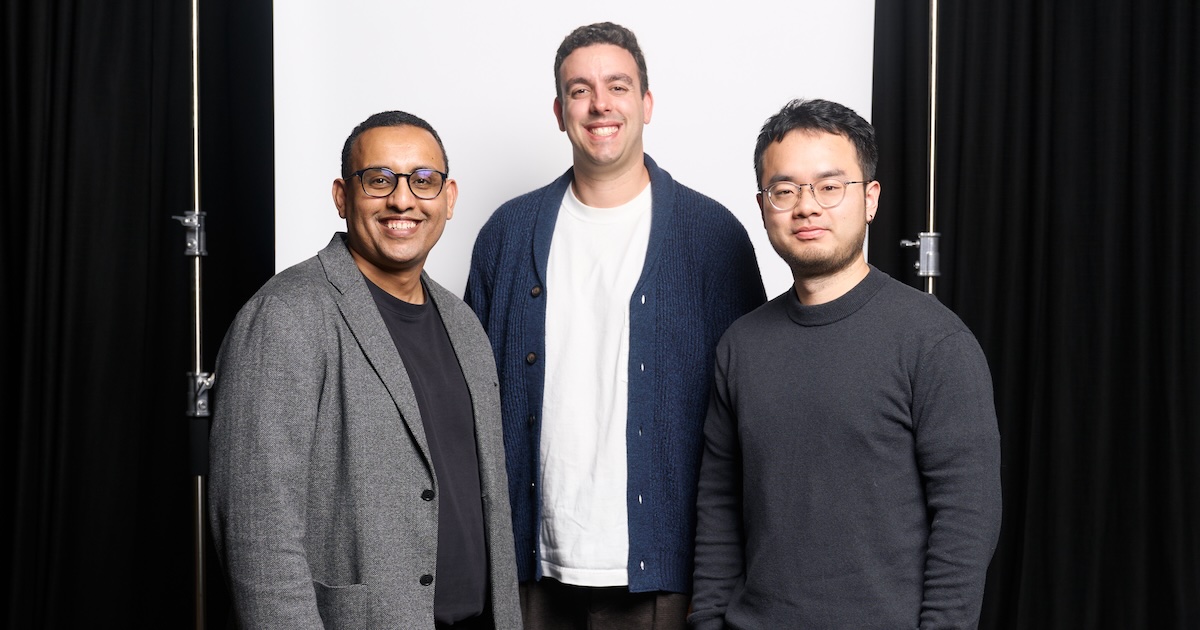
Sunrise Island Reflections: Part 2
A reflection on the importance of environment, ritual and ceremony in the Sunrise event.
On September 12 we ran a startup conference called Sunrise Island. Blackbird has been running Sunrise for 6 years in various forms. Historically it’s always been about telling founder stories in an honest and open environment. You can watch some of the old videos over on our YouTube channel.
This year, we shook things up and decided to host Sunrise on Cockatoo Island in Sydney Harbour and to expand the content program to include over 40 workshops and 150 mentoring sessions.
I’ve written a debrief and explained some of the ideas behind this year’s conference over here.
This is part 2 — an explanation of some of the underlying philosophies which shaped many aspects of Sunrise Island, including the role of environment, ritual and ceremony in event management.
I hate calling it ‘Event Management’ because those words value the logistics and operations of an event, ahead of what really matters: people, together, sharing in an experience.
Environment
To create a truly meaningful experience people need to be taken out of familiar surrounds. Their environment needs to challenge them and the journey to a place needs to contain some obstacles. In our case that meant asking guests to board a ferry, at a specific time and place. It meant telling them they couldn’t leave the Island whenever they wanted, that a ferry schedule needed to be followed. It meant taking them off mainland Sydney and cutting the tether to their regular workplace.
This isn’t the same as giving someone a map and telling them to meet you on the other side of a mountain. But when your audience is used to being able to show up to a conference whenever they want, the body of water we asked them to cross is an obstacle and requires more of them.
By buying a ticket and opting into this journey, already our guests are agreeing to a different set of rules and a new way of being together.
Environment can also be used to adjust audience expectations. We want our guests to be open, we want them thinking about the world in ways they otherwise wouldn’t. It’s a lofty goal sure but putting people in a space which mixes up the familiar conference context is important. Cockatoo Island is an old shipyard. It’s all steel and stone and you can feel the history of the place. The main conference room was in a big, old maintenance shed. The workshop rooms were not secure, quiet spaces with whiteboards. We had groups of people huddled in corridors, or in storerooms and thoroughfares. The acoustics were not perfect, the ground was uneven and it was Seagul nesting season (think hundreds of loud, angry birds hell-bent on protecting their nests). Cockatoo Island was not all that comfortable! Not by a long shot. But it is a special place. If you can wade through the inconveniences you’ll be exposed to a place rich in history and smack bang in the middle of the worlds most famous harbour. Normally you might find arts festivals, sporting events, or film crew on the island. I don’t think there has ever been technology entrepreneurs and investors together in that space. Not at such a scale anyway.
Technology events are usually held in familiar conference spaces with perfect acoustics and high-end PAs. If you want people to think and act differently, you need to challenge them, and you can do that by thinking critically about the environment you put them in. You don’t have to find a remote Island to be effective. A simple way to challenge audience expectations is to hold your event in a space that is typically reserved for a different kind of gathering. Hold your pitch event at a jazz club. Run your next board meeting in a playground. Confuse and disorientate!
Ritual and Ceremony
You get the best out of people by creating rich and meaningful shared experiences. Think of the most critical moments in a person’s life — births, weddings, death. Every significant landmark in your life contains a set of rituals and ceremonies from the very overt (placing a ring on a finger) to the subtle (saying “hello” or “goodbye” to someone). Experiences that add to the meaning in a person life all contain important rituals and ceremonies. These are tools at your disposal when bringing people together.
At Sunrise Island we created many rituals and ceremonies to enhance the overall experience and to create meaning where there otherwise wouldn’t have been much. Truth be told I wanted to do way more but trying to do too many things can end up being confusing for your audience.
Arrival ceremony and welcoming
I tried to imagine what an island populated by founders might look like. How would the people, the flora and the fauna, evolve over time? What rituals might the people develop? What sort of clothes would they wear? Would they have religion or spirituality? What symbols and iconography would they have?
We imagined a High Priestess and a devout group of followers. These people would worship the Sun and create all their rituals and ceremonies around this. From the creative brief:
‘A priestess in bright yellow, with a golden resplendent sun headdress leads a following to towards the water. Her followers are all in electric blue robes with golden sunrises emblazoned on them. Their make up is sharp and wild in colours to match. The priestess trails brightly coloured yellow or blue smoke — it bellows out across the water. They dance is slow serine formation.’
Upon arrival, guests to Sunrise Island are converted to this new way of being.
They are escorted in a precession through a long tunnel that goes underneath the island. These tunnels were originally used to transport goods and machinery.
In the tunnels, we used lighting and sound to set the mood. A recorded voice states the year, pauses, and then says the following year — “The year is 2019… the year is 2020… The year is 2021…”. This voice repeats quietly and in unexpected places throughout the island. The intention is to remind guests of how fleeting their time on earth is and to inspire them towards action.
As the tunnel gets darker and darker, guests become more engaged and attuned to their environment. At the very end, they break through the dark, into the sunrise and are greeted by performers and event staff. They have arrived at Sunrise Island.
Travellers
To create a sense of unity and a commonality amongst our audience, we dubbed them all ‘Travellers’. Giving them a common name creates a sense of community, and it aids in removing power structures and hierarchy. Every person coming to Sunrise Island should feel welcome and included. Removing titles helps to achieve this.
I took this one step further during the camping event. I forbid the use of given names. Campers could only refer to each other as ‘Traveller’. Not everyone embraced this, but for those that did, it helped to create a strong sense of community and removed the need for name tags.
Story
I worked hard to create the story of Sunrise Island. How did people get here? Who were they? What did they believe in? Why were they there?
By building a narrative, you can create a much richer experience for your guests. They don’t ever have to know the story, but everything they experience at the event is informed by this narrative. The net result is a more engaged audience who feel as though they are a part of something bigger. The sense of community among the audience is much stronger too. If you do it right, your audience will begin to feel like characters in a book and in the best scenarios they’ll start to act the part. I don’t think we got anywhere near this kind of experience, but there’s no harm in aspiring to it!
Journey Mapping
Once you’ve pencilled out your story, it’s a good idea to create a journey map. The aim is to imagine what people will experience at your event and in what sequence. Start with the lead up to your event — what sort of communications will you send to them? How will they know where to go or how to get there? How can you begin setting their expectations?
Next think about their journey to your event. How will guests arrive? What happens when they get there? What is the first interaction they will have?
Keep going like this through all aspects of your event. Don’t stop until your guest is safe at home.
You want to build a storyboard of sorts so that you can think about each critical moment for your guest and be intentional about designing those experiences.
You can take this one step further and design different journeys for different guest groups. For example, we had high school students at Sunrise Island. Their experience is necessarily different compared to a founder, and so I built a separate journey map for them.
Journey mapping is a fun exercise to undertake. Get out some butchers paper, some colourful sharpies and imagine the journey your guests will take.
If you want to read more, readgo get The Power of Moments by Chip and Dan Heath.
Conclusion
When building out events too many people focus on the logistics. What time will the food be served? Which way will the cues move? Is the mic handheld or lapel? Don’t get me wrong, these things are all important, but this is a bottom-up way of thinking. When bringing a group of people together you need to start at the top, then work your way down.
Ask yourself the following questions:
- Why are we doing this?
- What do we hope to achieve?
- What do you want to affect or change in your audience?
- How do you want them to feel?
- What do you want them to experience?
From there, start creating your event. Once you have all these high-level questions answered you can then start working out how you’re going to pull it all together.
Never forget that at the heart of it, you’re bringing human beings together to share in an experience. Respect that and you’ll build something genuine and meaningful.










